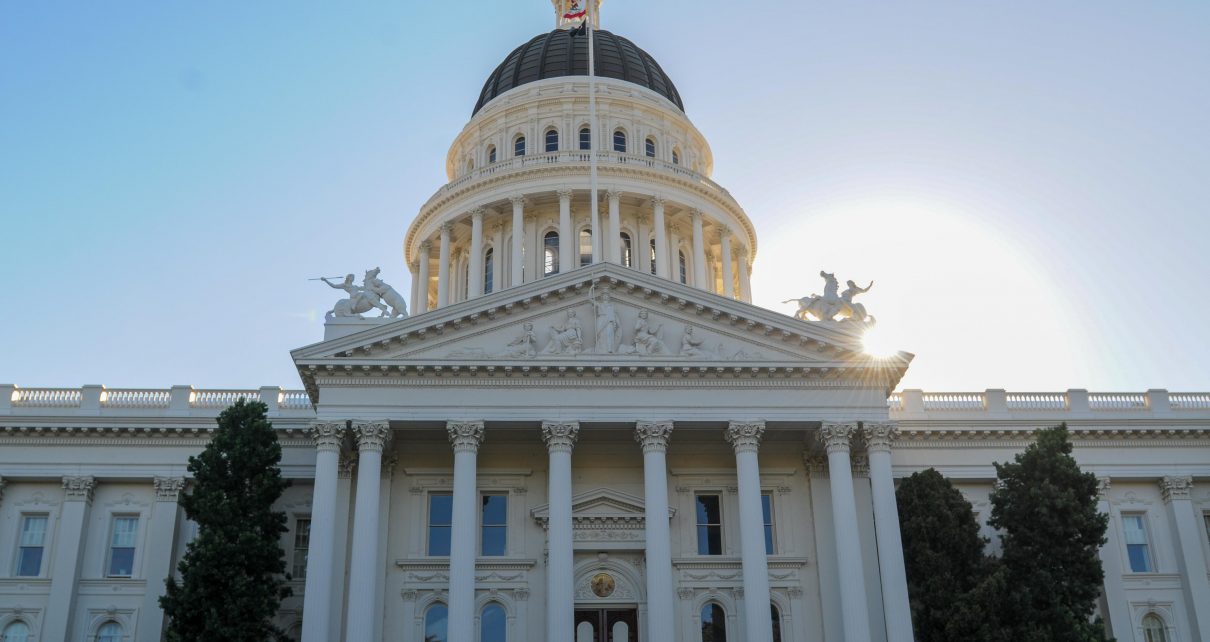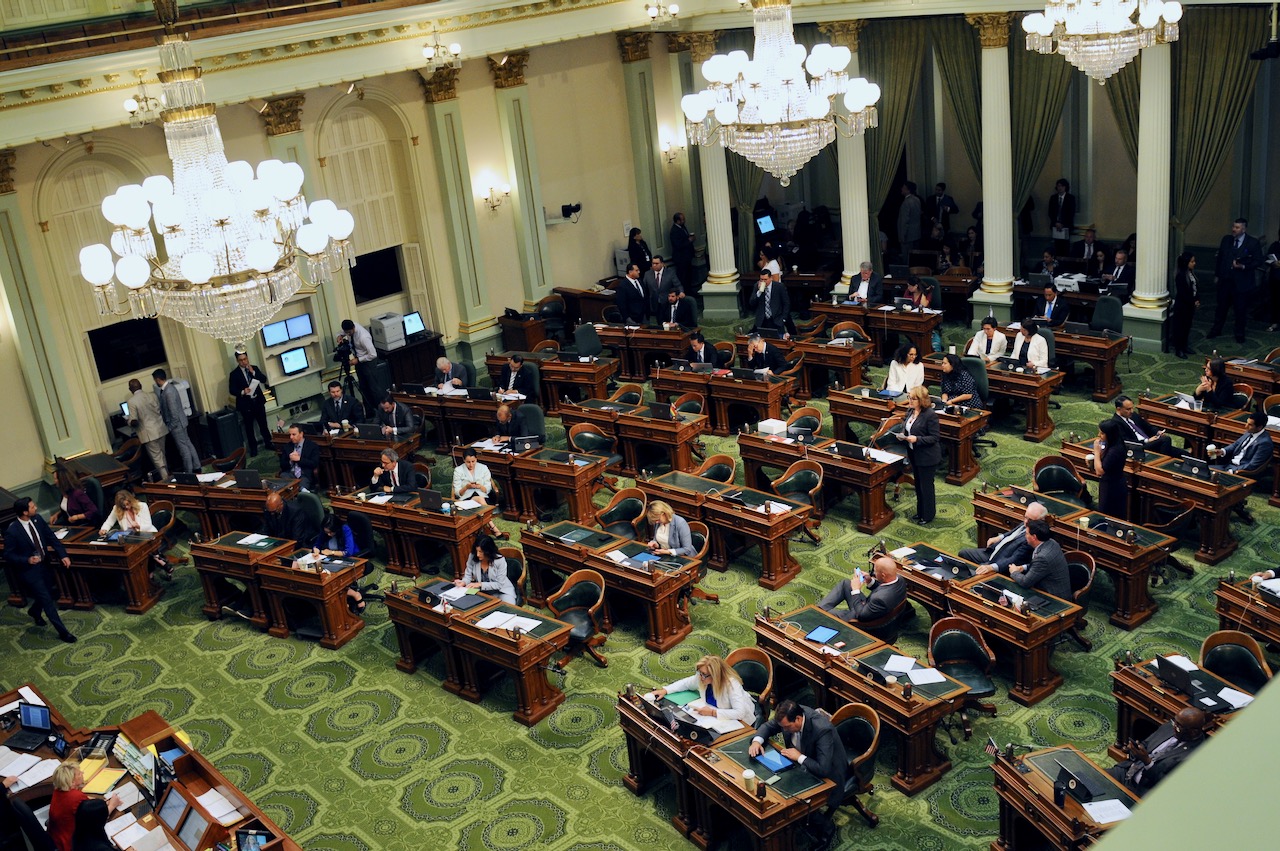
California State Capitol. (Photo: Kevin Sanders for California Globe)
Four Questions to Ask When Reading a California Bill
What do the substantive provisions of the bill provide?
By Chris Micheli, December 26, 2023 2:30 am
While there are several tips for reading and understanding what a bill in the California Legislature proposes to do, the key is to review the main sections of the bill which contain the substantive changes in the law. There are four main tips to reading a bill. The following questions are the ones to ask yourself when you read a bill from the California Legislature:
First, what is the bill proposing to do?
California bills can add a new section of law, amend an existing section, or repeal an existing section, or a combination of these three actions. All bills clearly tell their readers what the bill proposes to do. The following is an example of this provision in a bill, which is called the Title:
An act to add Section 11403.5 to the Welfare and Institutions Code, relating to foster care.
The reader is told three things in this initial section of the bill: a new section of law is being added; the new section will be added in the Welfare & Institutions Code; and, the topic of the bill is foster care.
Second, what does the Legislative Counsel’s Digest say?
The Legislature Counsel’s Digest provides a brief, unbiased summary of both existing law (in other words, what does state law in existence today provide) and what this bill proposes to do to existing law. Both of these provisions are clearly set forth for readers because the opening paragraphs begin with the phrases “existing law” and “this bill would.”
The Digest provides in clear and unambiguous language an explanation that allows the reader to understand the subject matter of the bill and place it in context, and to understand what this bill proposes to add or change in existing law. The following is an example of this provision in a bill:
Existing law, the California Fostering Connections to Success Act, revises and expands the scope of various programs relating to the provision of cash assistance and other services to and for the benefit of certain foster and adopted children, and other children who have been placed in out-of-home care, including children who receive Aid to Families with Dependent Children-Foster Care (AFDC-FC), Adoption Assistance Program, California Work Opportunity and Responsibility to Kids (CalWORKs), and Kinship Guardianship Assistance Payment (Kin-GAP) benefits. Among other provisions, the act extends specified foster care benefits to nonminor dependents up to 21 years of age, if specified conditions are met.
This bill would require the State Department of Social Services to convene a working group to examine the extended foster care program and make recommendations for improvements to the program. The bill would require the working group to submit a report to the Legislature with the recommendations on or before July 1, 2022. The bill would require the working group to include representatives from specified state agencies and stakeholders.
The reader is told that existing law has provisions related to cash assistance and other services for certain foster youth and adopted children, including that care benefits are available up to 21 years of age. Then, the reader is told that this bill would, among several provisions, require a state agency to bring together a work group to examine the program and make improvement recommendations to the Legislature.
Third, what do the substantive provisions of the bill provide?
Now that the reader has a general idea of what existing law provides, and what this bill is proposing to do, readers can turn their attention to the statutory language of the bill.
In reading a bill’s provisions, scan the language initially to get a sense of the writing style and what the key words are (e.g., “shall” is mandatory, while “may” is permissive). Check who the main actors are and what are they supposed to do or not do. Look for any definitions, which can give clear guidance to determine the scope of the bill’s provisions.
After the initial scan, the language should be read for understanding. What new language is being added to the law? What provisions are being repealed? How is existing law being amended? Some bills change a few words, while other bills are many pages in length. Note for California bills that when they amend new language into a bill, the words are in italics (and in blue color on the Internet) and, for language that is being repealed, these words are in strike-through (and in red color on the Internet).
Fourth, are there any unique provisions of the bill?
Usually at the end of a bill, there are so-called “plus sections,” which deal with issues such as whether a bill is an urgency statute, or it creates a state-mandated local program, or it constitutes a tax levy, or a special statute, etc. There could also be an operative date specified (i.e., when a bill’s provisions take effect) or when a code section has a sunset date (i.e., when a law will be repealed). There may also be legislative findings and declarations, or statements of legislative intent.
All of these types of provisions should be understood just like the substantive law changes found earlier in the bill.
Taking this four-part approach to reading a bill will assist readers in gaining a better understanding of how a bill proposes to affect California law.
- Child Custody Investigations - December 19, 2025
- Health Insurance for Child Support - December 18, 2025
- Sale or Disposal of Unclaimed Property - December 18, 2025





One thought on “Four Questions to Ask When Reading a California Bill”